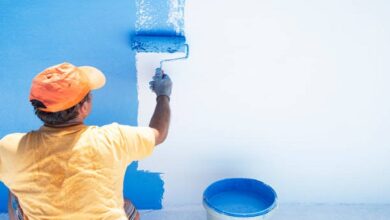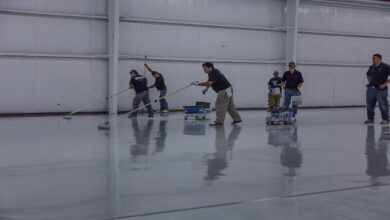Australian Standard for Waterproofing: A Comprehensive Guide for Reliable Protection
Waterproofing

When it comes to ensuring the durability and longevity of structures in Australia, proper waterproofing is of paramount importance. It safeguards buildings from water damage, which can lead to costly repairs and structural issues. To uphold high-quality standards in the construction industry, Australia has established regulations and guidelines known as the Australian Standard for Waterproofing. In this article, we will explore the essential aspects of this standard, its significance, and the requirements it sets forth for achieving effective waterproofing solutions.
Understanding the Australian Standard for Waterproofing
The Australian Standard for Waterproofing, also known as AS 3740, is a set of guidelines established by Standards Australia. It outlines the minimum requirements for the design, installation, and maintenance of waterproofing systems in both new and existing buildings.
The standard aims to prevent water penetration through building elements such as roofs, walls, balconies, and wet areas like bathrooms and laundries. AS 3740 provides a comprehensive framework for builders, architects, engineers, and waterproofing contractors to ensure the highest level of protection against water ingress and associated problems.
Scope and Key Provisions
AS 3740 covers various aspects of waterproofing, including design considerations, materials selection, installation methods, and maintenance practices. Here are some of the key provisions of the standard:
Classification of wet areas: The standard defines wet areas based on their intended use and recommends appropriate waterproofing measures for each category.
Design requirements: AS 3740 provides guidance on designing waterproofing systems, taking into account factors such as substrate preparation, water pressure, and movement joints.
Materials and product selection: It specifies the types of waterproofing materials and products that should be used, ensuring they meet specific performance standards.
Installation guidelines: The standard outlines the correct installation techniques for different waterproofing systems, including surface preparation, membrane application, and joint sealing.
Inspection and testing: AS 3740 emphasizes the importance of regular inspection and testing to verify the integrity and effectiveness of waterproofing systems.
Benefits and Compliance
Complying with the Australian Standard for Waterproofing offers several benefits. Firstly, it helps prevent water-related damages such as leaks, mold growth, and structural deterioration, ultimately safeguarding the occupants and the building itself. Secondly, adherence to the standard ensures consistency and quality across the industry, providing assurance to property owners, insurers, and regulatory authorities. Contractors and tradespeople who follow AS 3740 demonstrate their commitment to professional integrity and responsible construction practices. Moreover, compliance with the standard can enhance the resale value of properties, as potential buyers recognize the importance of a reliable waterproofing system.
Conclusion
The Australian Standard for Waterproofing, AS 3740, plays a crucial role in promoting best practices and quality assurance in the construction industry. By following the guidelines outlined in the standard, builders and contractors can ensure the effective protection of structures against water damage.
Adhering to these requirements not only prevents costly repairs but also ensures the safety, durability, and longevity of buildings throughout Australia.




